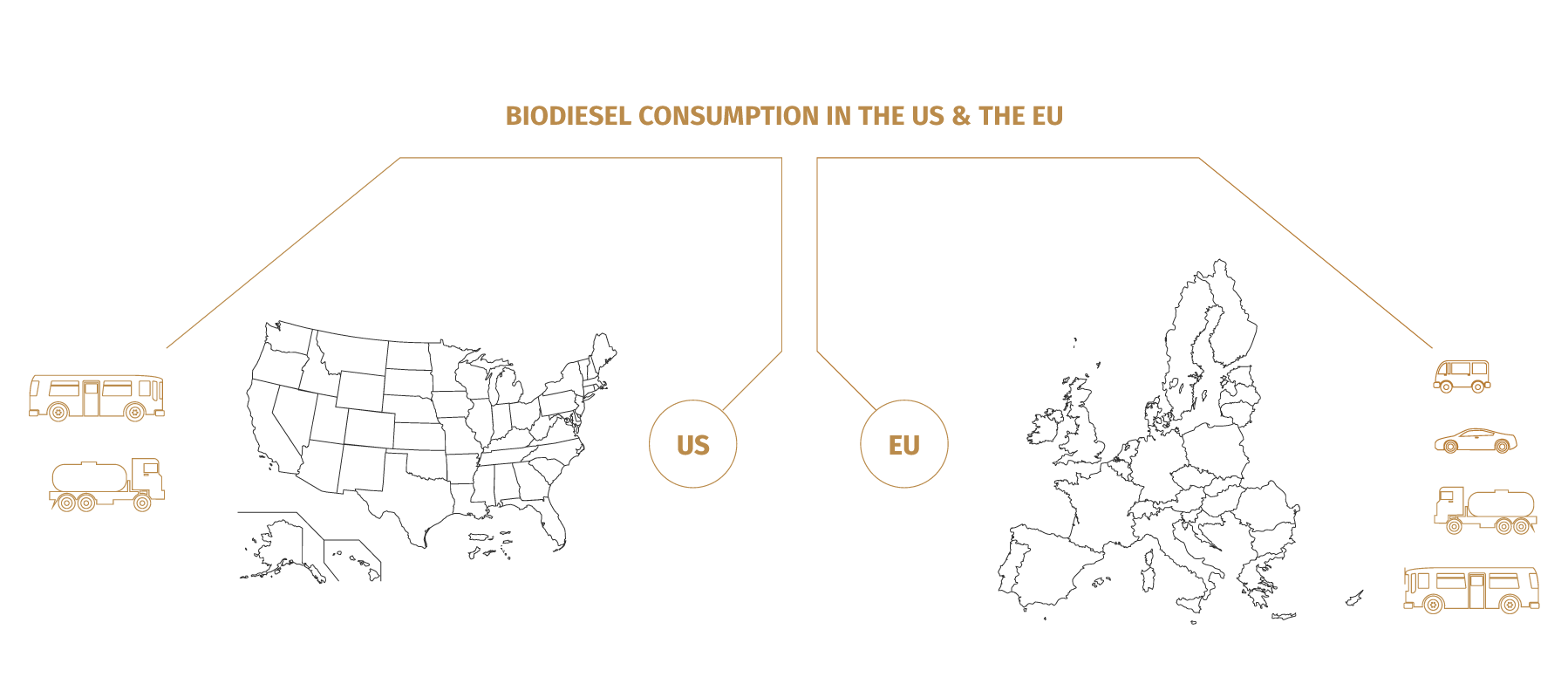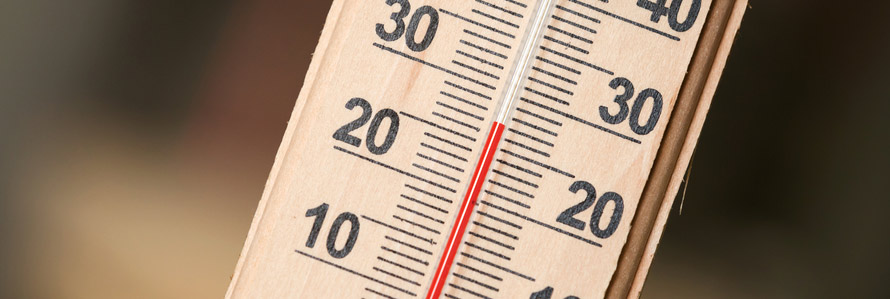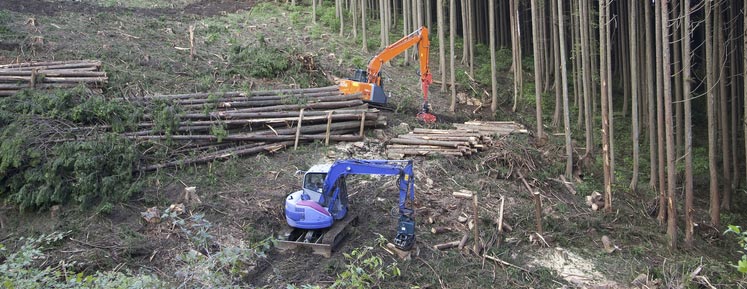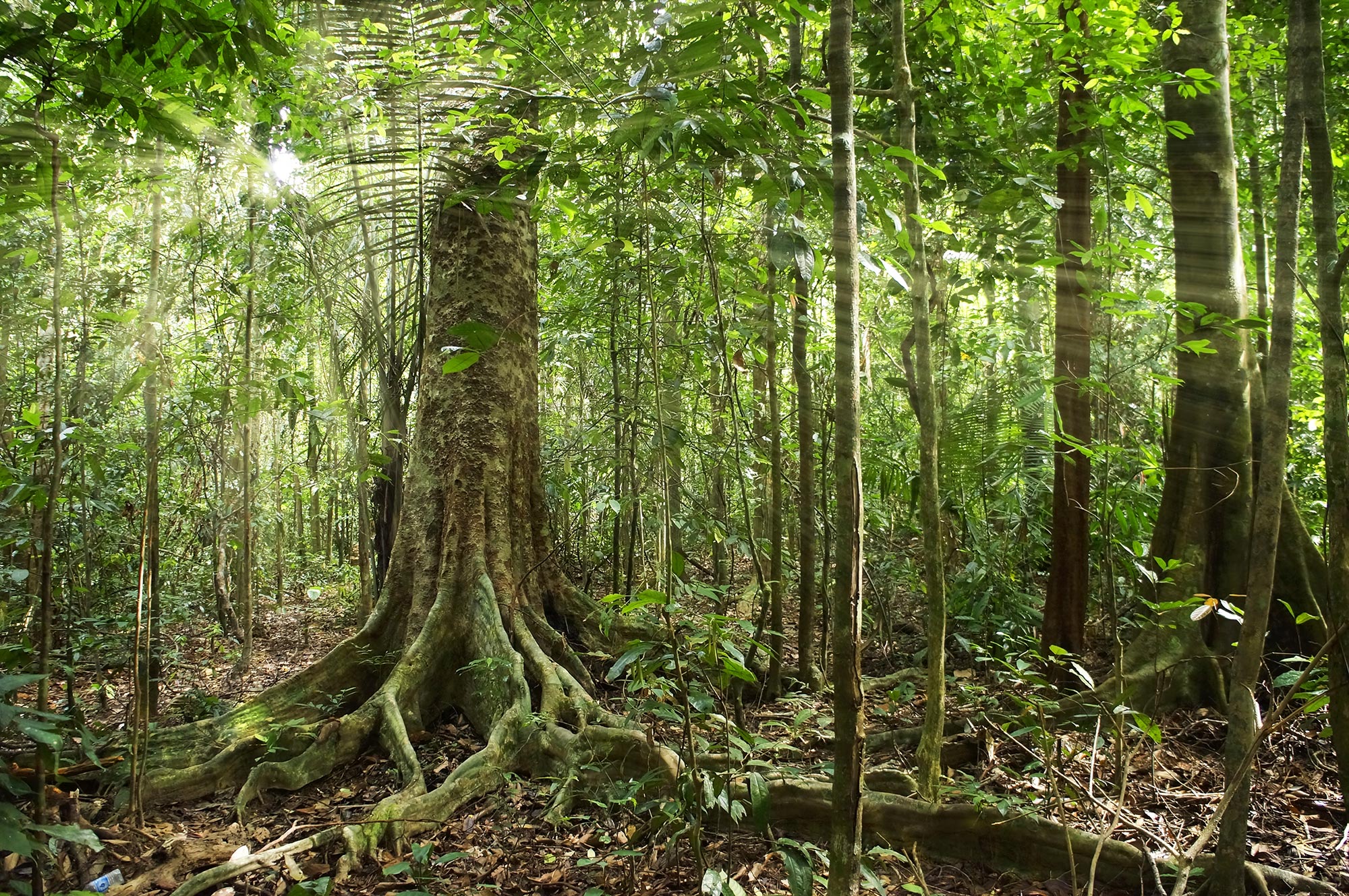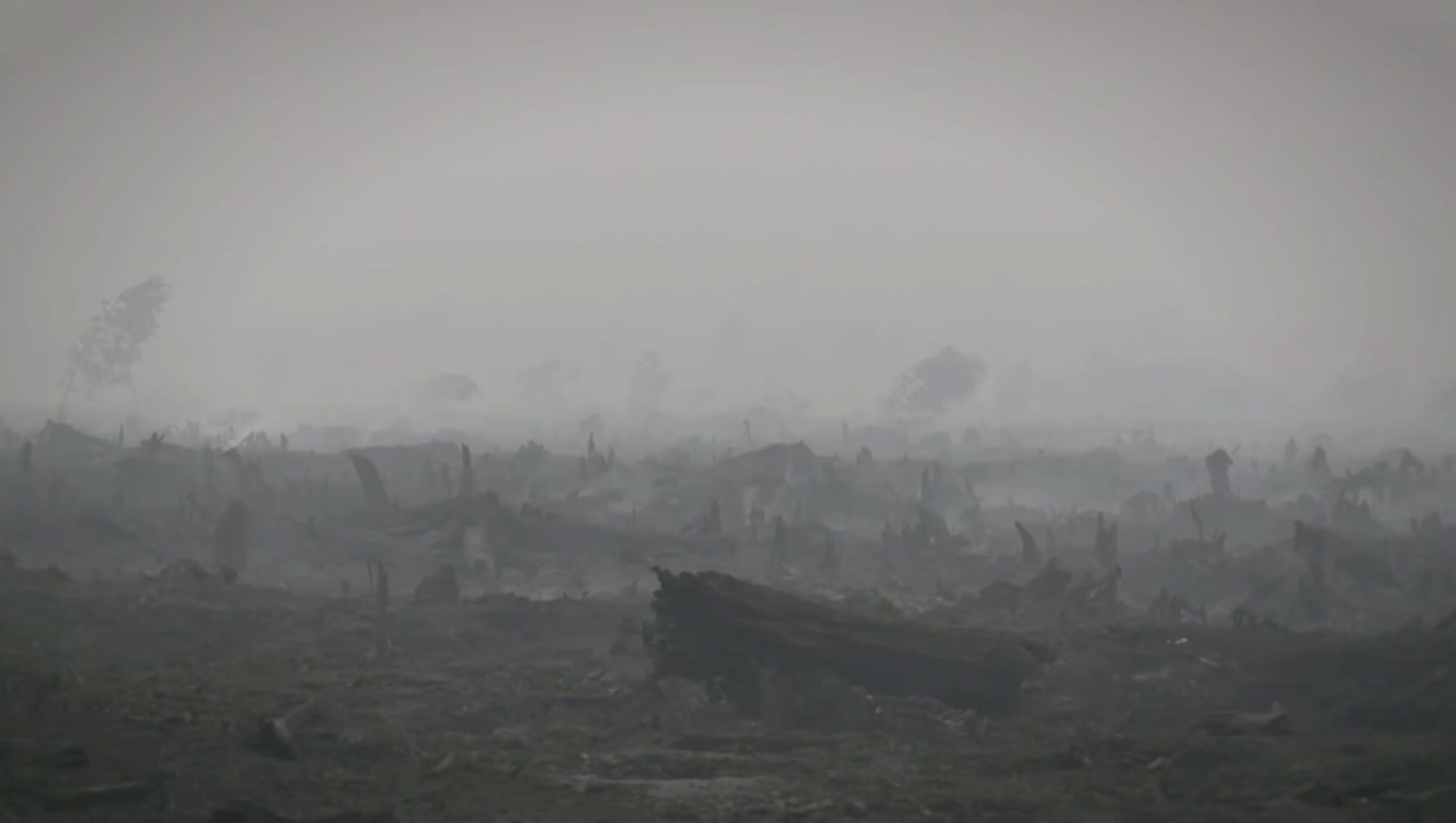What are biofuels?
Put simply, biofuels are fuels derived from plant materials that are compatible with car, plane and truck engines. There are two types of biofuels—ethanol and biodiesel.
What’s the difference?
Biodiesel – made from rapeseed oil, other plant oils, and sometimes even animal fats – is used in diesel cars and trucks and can be blended with diesel fuel.
Ethanol on the other hand, is made by fermenting sugar cane, wheat and other sugar or starch-rich plants such as maize, and can be blended with petrol and used in petrol-run cars.
Since biofuels come from organic or plant-based material, it was initially assumed that producing and using them as an alternative to fossil fuels would reduce the total amount of emissions produced by the transportation sector.
With this pro-environment agenda in mind, the European Union passed legislation in support of the production and use of biofuels – a mandatory 10% target for use of renewables in the transport sector as part of the 2009 Renewable Energy Directive. Needless to say, the majority of this target was to come from biofuels.
Unfortunately, things didn’t go as planned.
Biofuels have not lived up to their expectations. Instead of reducing carbon emissions, the exact opposite happened. In comparison to conventional diesel, biodiesel have actually caused an increase in emissions.

